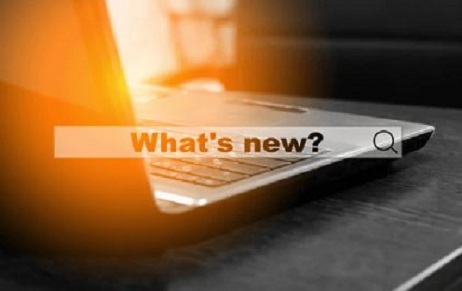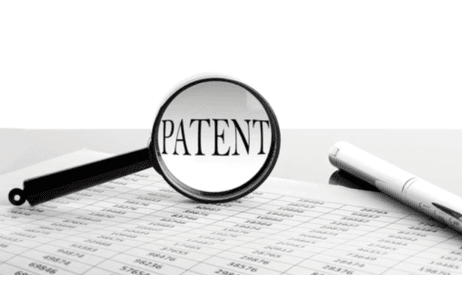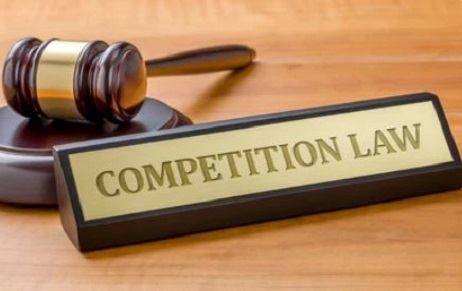Introduction In the realm of obtaining a patent right, conducting a ‘novelty search’ stands as…
The Curtain Raiser Formal Guidelines for Examination clarifying Patent Examination Position on Computer Related Inventions in India
The much-debated and iterated ‘Guidelines for Examination of Computer Related Inventions’ formally released by the Office of Controller of Patents finally dawns the light upon the much elusive position on Software and Business Method Patents in India. The Indian Software Patent ecosystem for years has been echoing various voices behind the curtains – from the extremities of ‘Software is not patentable in India‘ to techno-legal jargons such as ‘software claims can be patented by restricting with embedded systems’ and ‘if there is a technical effect, the software is patentable‘ – all of which silently represent the good, bad and ugly albeit perceptively true picture. It is plausible that the latest Guidelines represent an honest and progressive effort of the Indian patent office to remove these curtains and attempt to elaborately lay down, impressively with examples, the true nature of how the patent office and examiners plan to examine computer-related invention, more so for hardcore software and business methods.
Coming straight to the meat of the guidelines: for the first time, it is loud and vocal in an official document that ‘Software’ and ‘Business Methods’ – with provisos of course – are indeed patentable in India.
In so far as Software claims are concerned, the guidelines expressly referencing the legislative intent, aim to shrink the doubt on the expression ‘computer program per se‘ by stipulating guidelines allowing computer programs’ patentability in various sections:
Page 12:
“Therefore, if a computer program is not claimed by “in itself” rather, it has been claimed in such manner so as to establish industrial applicability of the invention and fulfills all other criteria of patentability, the patent should not be denied.”
Page 13:
“a novel computer program with known hardware which goes beyond the normal interaction with such hardware and affects a change in the functionality and/or performance of the existing hardware”
Page 13:
“A computer program, when running on or loaded into a computer, going beyond the “normal” physical interactions between the software and the hardware on which it is run, and is capable of bringing further technical effect may not be considered as an exclusion under these provisions”
Whereas, when it comes to Business Methods, the age-old trick of tying them down to something tangible appears to have been endorsed:
Page10-11:
The claims drafted not directly as “business methods” but apparently with some unspecified means are held un-patentable. However, if the claimed subject matter specifies an apparatus and/or a technical process for carrying out the invention even partly, the claims shall be examined as a whole
Plausibly, the guidelines have attempted to illustrate specific criteria and examples to unfold the grey pixels of software and business method inventions into expressly compared black and white of the patentable vs non-patentable.
The caveat though lies in some conflicting illustrations and some generic/broad misplaced guidelines:
Example 8.4 of Page 16 does not appear to be resonating with stipulations of patentable vs non-patentable examples. The example is as follows:
A computer-implemented method comprising: identifying one or more personal names in a set of one or more documents, with each identified person name more likely to refer to a single person in a profession than other person names in the document: identifying descriptive language from one or more documents, based on the identified names; and identifying within one or more documents other person names that refer to persons in the profession, based on one or more portions of the identified descriptive language.
Further, the exclusion of claims directed at ‘Computer Program Product’ is not deriving its basis from the legislation which limits the exclusion to ‘computer program per se’. That said, foreign precedence including the European Patent Office asserts the patentability of Computer Program Products, having matched the other criteria, as specified in the Guidelines for Examination – Part G – Chapter II – 3.6 (link) which reads as:
the computer program itself as well as the physical media carrying the program, i.e. computer program product claims, such as “data carrier”, “storage medium”, “computer-readable medium” or “signal”.
To add to the above, a ghastly stipulation lies in the following example which would not be excluded under Section 3(k):
Method of encoding/ decoding, method of encrypting/ decrypting, method of simulation though employing a mathematical formula.
It is apprehended that something went amiss with that statement, as the literal and plain interpretation suggests that if one devises a new method merely to encrypt data and decrypt it (a new cryptogram for example), that ought to constitute a patentable subject matter if construed novel and inventive by a mathematician, a person skilled in that art – which practically wouldn’t be the case when the examiner draws out such a patent application for assertive review.
In summary, while the Formal Guidelines add an appreciable leaf to the patents office’s chapter of reforms and promoting transparency, it does leave a few stones unturned in being able to absolutely do so, and the part at the end of the introduction section 1.5 spelling out, ‘The guidelines are subject to revision from time to time based on interpretations by Courts of law, statutory amendments and valuable inputs from the stakeholders‘ must be held on to.
About the Author: Abhishek Pandurangi, Partner at Khurana & Khurana, Advocates and IP Attorneys and can be reached at [email protected]



